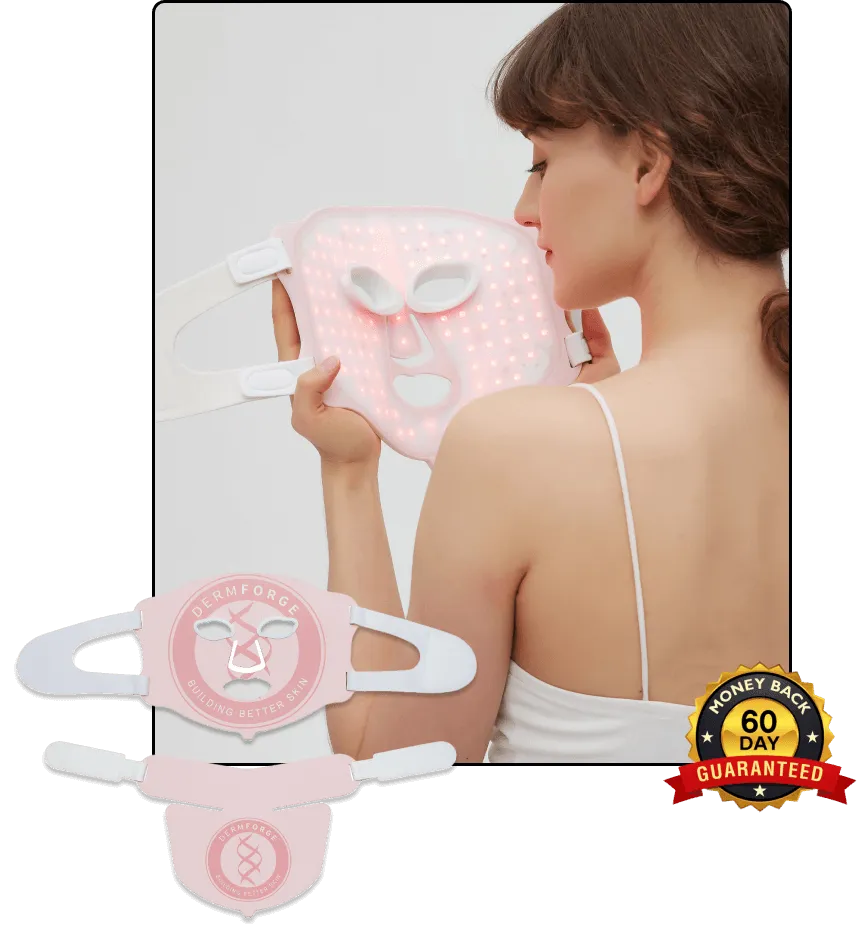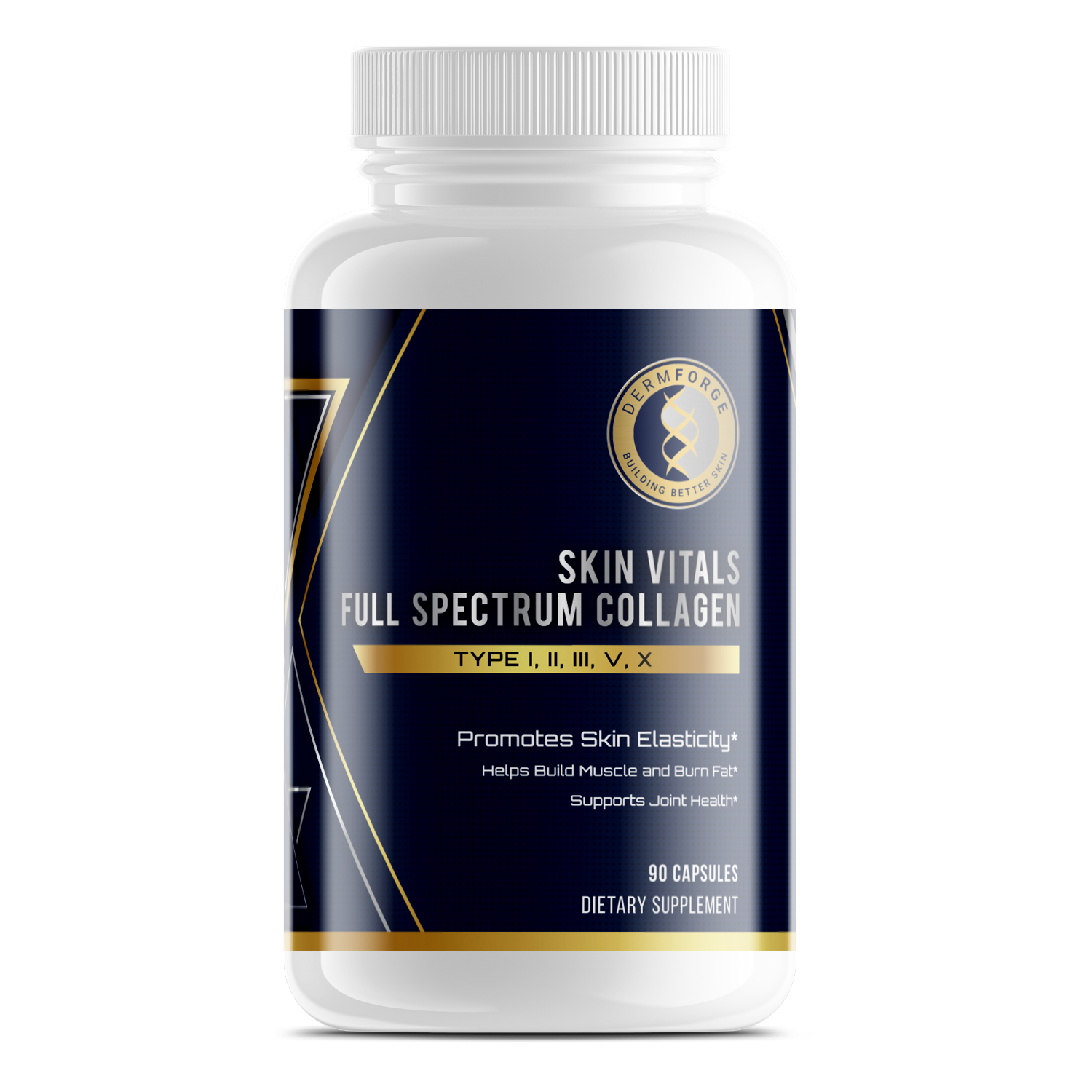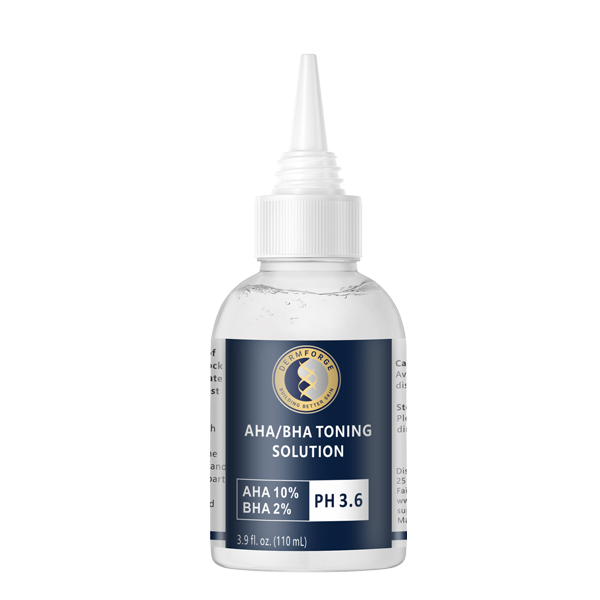Protecting your skin from sun exposure matters every day, not only when you’re outside for long hours. Using sunscreen for UV protection helps prevent sunburn, discoloration, and long-term skin damage. Therefore, applying it regularly plays a key role in maintaining healthy skin.
You may think sunscreen belongs only at the beach, but that’s a common mistake. UV rays reach your skin through clouds and windows. Additionally, daily exposure adds up over time, even if you don’t feel it. This is why consistent use matters more than most people realize.
Understanding how sunscreen works makes it easier to pick the right one. Some block rays, while others absorb and neutralize them. Therefore, knowing what to look for on the label helps you get better results from your routine.
Not all sunscreens work the same way. Some ingredients may irritate your skin or fail to protect against all types of UV rays. However, a few simple tips can help you choose better formulas and apply them more effectively.
You may also hear myths that confuse the facts. Some people skip sunscreen if they have darker skin or stay inside most of the day. However, those habits leave your skin exposed. The truth is that sunscreen helps everyone, regardless of tone or weather.
Your skin stays healthier when you protect it daily. A small step in the morning can prevent bigger problems later. Therefore, make sunscreen part of your routine and treat it like any other essential product.
Understanding UV Rays and Their Effects on Skin
Sunlight reaches your skin in the form of ultraviolet rays. These rays include both UVA and UVB, and each affects your skin differently. Understanding how they work helps you make better choices about sun protection and daily skincare.
UVA rays penetrate deep into your skin. These rays are linked to premature aging, including fine lines, wrinkles, and uneven tone. Therefore, long-term exposure without protection can change how your skin looks and feels over time. Additionally, UVA rays pass through windows, so indoor exposure is possible.
UVB rays affect the outer layers of your skin. They are the main cause of sunburn and redness after time outdoors. However, UVB rays also play a role in developing skin cancer. Both UVA and UVB contribute to long-term damage you may not notice right away.
You need broad-spectrum sunscreen to defend against both types of rays. Many products highlight this on the label, but it’s important to check. Therefore, don’t rely on SPF alone without confirming UVA coverage. SPF mainly measures protection from UVB, not UVA.
Sunscreen for UV protection should be part of your everyday routine. Even cloudy days expose you to damaging rays. Additionally, regular use lowers your risk of visible damage and skin cancer over time.
You can’t see UV rays, but they affect your skin every day. That’s why understanding the difference between UVA and UVB matters. Once you know what each one does, you can choose better protection and reduce long-term risk.
How Sunscreen Works to Block or Absorb UV Radiation
Sunscreen protects your skin by either blocking or absorbing harmful ultraviolet rays. The method depends on the type of active ingredients used. Understanding the difference between these ingredients helps you choose a product that fits your needs and comfort level.
Physical sunscreens use mineral-based ingredients like zinc oxide or titanium dioxide. These sit on your skin’s surface and reflect UV rays away. Therefore, they begin working as soon as you apply them. Additionally, they tend to cause less irritation and are often preferred by people with sensitive skin.
Chemical sunscreens work differently. They absorb UV radiation and convert it into heat, which is then released from the skin. These formulas often contain ingredients like avobenzone, octocrylene, or oxybenzone. Therefore, chemical sunscreens tend to be lighter and blend more easily into the skin.
Each type has its pros and cons. Mineral sunscreens can leave a white cast, especially on darker skin tones. However, they provide consistent protection without much breakdown. Chemical sunscreens feel lighter but may irritate sensitive skin. Additionally, some ingredients break down faster in sunlight.
You may prefer one type over the other based on how your skin reacts. Some products combine both types for broader coverage. Therefore, check the label to understand how the sunscreen works and what ingredients are included.
No matter the formula, your goal is the same. You want sunscreen for UV protection that works for your skin and routine. Consistent use makes a bigger difference than the type alone. Choose something you’ll apply daily and reapply when needed.
SPF Ratings: What They Mean and What to Choose
SPF stands for sun protection factor. It measures how well a sunscreen guards against UVB rays, which cause sunburn. Therefore, higher SPF numbers offer more protection but not complete coverage.
An SPF 30 sunscreen blocks about 97% of UVB rays. SPF 50 blocks around 98%, and SPF 15 blocks roughly 93%. However, no sunscreen blocks 100% of UV rays. Additionally, higher numbers don’t mean you can stay in the sun all day without reapplying.
For everyday use, many people choose SPF 30. It balances protection with comfort for regular activities like walking or driving. Therefore, it works well if you spend limited time outdoors. However, if you’re at the beach or outside for hours, SPF 50 or higher may offer better coverage.
SPF ratings do not measure UVA protection. That’s why broad-spectrum coverage matters. Always look for a product labeled broad-spectrum, which covers both UVA and UVB rays. Additionally, reapplying every two hours helps maintain coverage, especially after sweating or swimming.
The right SPF depends on your skin tone, location, and exposure. Fair skin may burn faster, requiring a higher SPF. Additionally, strong sunlight at higher altitudes or near water reflects more UV rays.
No matter your skin type, using sunscreen for UV protection every day makes a difference. Even on cloudy days, UV rays reach your skin. Therefore, make SPF part of your daily routine and choose a product you’ll actually use.
Key Ingredients to Look For (and Avoid)
Not all sunscreen ingredients work the same way. Some sit on your skin and reflect UV rays. Others absorb them and release heat. Therefore, knowing which ingredients help or harm your skin makes it easier to choose the right product.
Zinc oxide and titanium dioxide are common mineral blockers. These ingredients offer broad-spectrum protection and are less likely to irritate sensitive skin. Additionally, they start working right after application and hold up well under sunlight. Many people with allergies or redness prefer these mineral-based options.
Chemical filters, like avobenzone and octocrylene, are often found in lightweight sunscreens. They absorb UV radiation and break it down. However, some of these ingredients can cause irritation or allergic reactions. Therefore, people with sensitive skin should use caution when trying new formulas.
You may also want to avoid oxybenzone and octinoxate. These ingredients have been banned in certain places due to environmental concerns. Additionally, they may cause skin sensitivity in some users. Read ingredient labels carefully, especially if you react easily to fragrance or preservatives.
If your skin stings or burns after applying sunscreen, take a closer look at what’s inside. Therefore, patch testing a new product can help prevent a full reaction. You want a sunscreen for UV protection that feels comfortable and reliable.
Every skin type reacts differently, so ingredient choice matters. By paying attention to what’s included and what’s not, you reduce the chance of irritation. Additionally, you support your skin’s health with safer and more effective sun protection.
Best Practices for Applying and Reapplying Sunscreen
Applying sunscreen correctly matters as much as choosing the right one. Many people use too little or forget to reapply. Therefore, learning the basics helps protect your skin more effectively throughout the day.
Start with a generous amount. Use about a nickel-sized portion for your face alone. Additionally, cover your neck, ears, and the backs of your hands. For your body, a full ounce is usually recommended. Applying it 15 minutes before going outside helps the product settle properly.
Reapply every two hours, especially if you’re sweating or swimming. Even water-resistant formulas break down with moisture and movement. Therefore, carry sunscreen with you during outdoor activities so you don’t skip reapplication.
Sunscreen fits into your routine as the last step before makeup. Apply it after your moisturizer, then wait a few minutes before layering anything else. Additionally, you can find formulas designed to work under makeup without pilling or shine.
Don’t rely on makeup with SPF alone. While helpful, it usually isn’t enough for full coverage. Therefore, use a dedicated sunscreen for UV protection as your main defense. Products with broad-spectrum coverage offer better protection for both UVA and UVB rays.
You should also use sunscreen daily, not just when it’s sunny. UV rays still reach your skin through clouds or windows. Making it a habit keeps your skin healthier over time. Additionally, daily use supports long-term prevention of dark spots and fine lines.
Apply generously, reapply often, and don’t skip days. These habits help sunscreen work the way it’s supposed to.
Common Myths About Sunscreen and Sun Exposure
Many people believe sunscreen is only needed when the sun is out. However, that’s not true. UV rays still reach your skin on cloudy days. Therefore, skipping sunscreen during overcast weather leaves your skin unprotected.
Another common myth is that you don’t need sunscreen indoors. However, UVA rays can pass through windows. Therefore, you may still get exposure while driving or sitting near natural light. Additionally, prolonged exposure adds up over time, even without sunburn.
Some people think darker skin tones don’t need sunscreen. While melanin offers some natural protection, it doesn’t block all UV damage. Therefore, everyone benefits from using sunscreen for UV protection. Darker skin can still develop sun damage and skin cancer.
Many also assume that sunscreen in makeup is enough. However, most people don’t apply enough makeup to get full SPF coverage. Additionally, SPF in foundation may not offer broad-spectrum protection. You still need a proper sunscreen underneath your makeup for daily use.
You may have heard that sunscreen causes your skin to break out. That depends on the formula, not the ingredient itself. Therefore, choosing a non-comedogenic sunscreen can help prevent clogged pores. Additionally, gel-based or mineral sunscreens tend to feel lighter.
These myths can lead to habits that weaken your skin’s defenses. When you know the facts, you make better choices. Daily sunscreen use helps prevent signs of aging and lowers long-term health risks. Regardless of your skin tone or the weather, UV rays are always present.
Conclusion
Protecting your skin from sun damage doesn’t need to be complicated. A simple routine with the right product makes a lasting difference. Therefore, choose a sunscreen that fits your needs and commit to using it every day.
Many options are available, from mineral to chemical and cream to spray. However, what matters most is that you apply enough and reapply often. Additionally, broad-spectrum formulas give you better coverage against both UVA and UVB rays.
You might forget sunscreen when skies are cloudy or when you’re staying indoors. However, UV rays still reach your skin through windows and cloud cover. Therefore, making sunscreen a daily habit helps prevent damage before it starts.
The best sunscreen for UV protection is the one you use consistently. Choose a formula that works for your skin type and lifestyle. Additionally, keep one in your bag, car, or desk for easy access when you’re on the go.
If you’ve avoided sunscreen because of breakouts or white cast, know that newer formulas address those issues. Therefore, don’t give up on finding one that feels comfortable. Small changes to your routine now can lead to healthier skin later.
Your skin protects you every day. Giving it protection from the sun helps preserve its strength, tone, and texture. Therefore, be consistent, apply generously, and treat sunscreen as a year-round essential.







